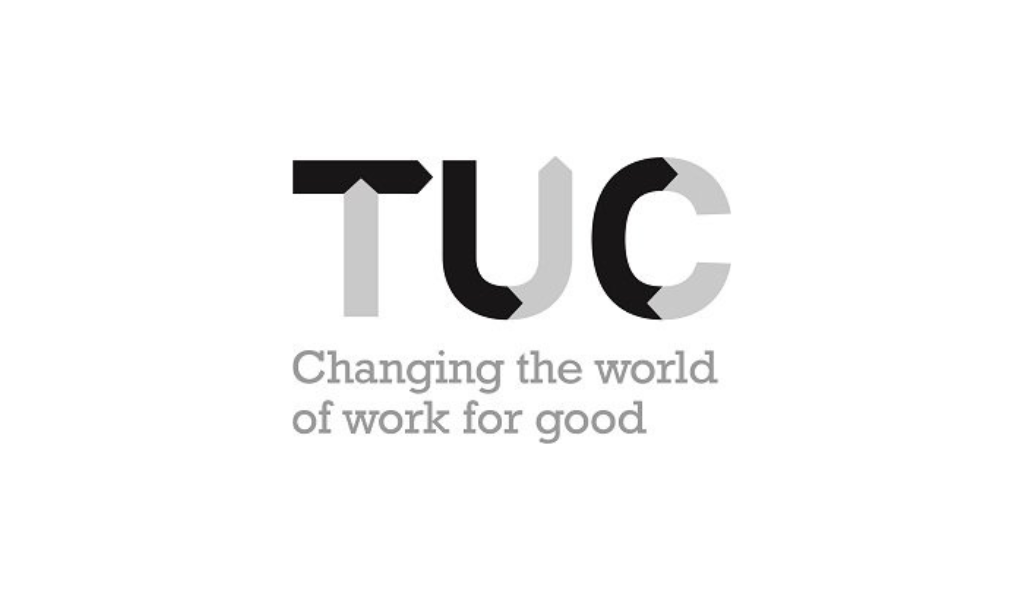Randstad US creates a new unit as organizations continue to seek advice on leveraging both full-time and contingent labor in workforce planning.
By Elliot Clark
Editor’s Note: Randstad, US announced on May 8th a reorganization putting their RPO, MSP, payrolling, and independent contractor solutions and other professional services offering under a newly formed unit, Talent Solutions Group.
I saw the announcement of the creation of the new Talent Solution Group at Randstad, US under the leadership of long-time industry executive Rebecca Henderson (formerly Rebecca Callahan undergoing her own personal “rebranding” following her recent marriage). HRO Today reached out to Henderson to discuss how this change reflects the ongoing evolution of the marketplace where clients are demanding more customized and creative bundled solutions to address both permanent and contingent hiring needs in the workforce.
Randstad, US has long offered both solutions but through different service delivery and sales organizations that were increasingly “co-bidding” or responding to crossover request for proposal questions about capabilities in many different enterprise workforce solutions. Below we have the details of a few pressing questions.
Do you think this trend is being driven by the increasing use of independent contractors and contingent labor resources? There is a growing trend in the labor market today, whereby more individuals who seek contingent work will continue to work as contractors throughout their careers. These workers, who were previously corporate workers that may have been severed at one time or another, have found that they do not need to return to the full-time or direct labor force. They can make an excellent living as a independent contractor and may never return to the direct labor force. This brings a new dynamic to staffing industry, as providers must now put more quality into their programs to better meet the needs of these “career contingents” and figure out how to deliver a better experience to these candidates and hiring managers alike. This will entail a new approach to recruiting to truly engage this talent and provide the opportunities they are looking for.
Are there any systems that can combine the vendor management system technology for contingent labor with applicant tracking system technology for full-time hiring? Is technology holding back the combination? No, but it shouldn’t matter today. Programs will rely on the technology and processes currently available to engage the contingent workforce, rather than seek to combine their talent strategies. Though having teams working in two systems to manage talent may add extra costs to the programs, it won’t hinder their ability to connect with that talent. Over time, as technology catches up, the costs of such programs will only go down.
There are some that predict the changes to benefit requirements and the excise taxes on healthcare plans under ACA may lead to a reduction on contingent labor. Are you seeing that among your U.S. clients?
I think this could have the opposite effect. As individuals from Gen X are known to change jobs often, the idea of contingent work has great appeal for those who want project-based work or more flexibility. The availability of benefits like healthcare through the ACA makes it much easier to be a contingent worker.
Will the acronyms of RPO and MSP eventually disappear in favor of a new blended solution? Maybe so; ideally, yes. The acronyms as labels are useful, but so many definitions of service exist that they really are not that important. Meeting a client’s specific need and tailoring your offerings to provide a comprehensive solution is more the key nowadays than what we call it. As talent programs continue to evolve, the lines will only continue to blur, and RPO and MSP won’t be distinguished by full time and temp in the future.














